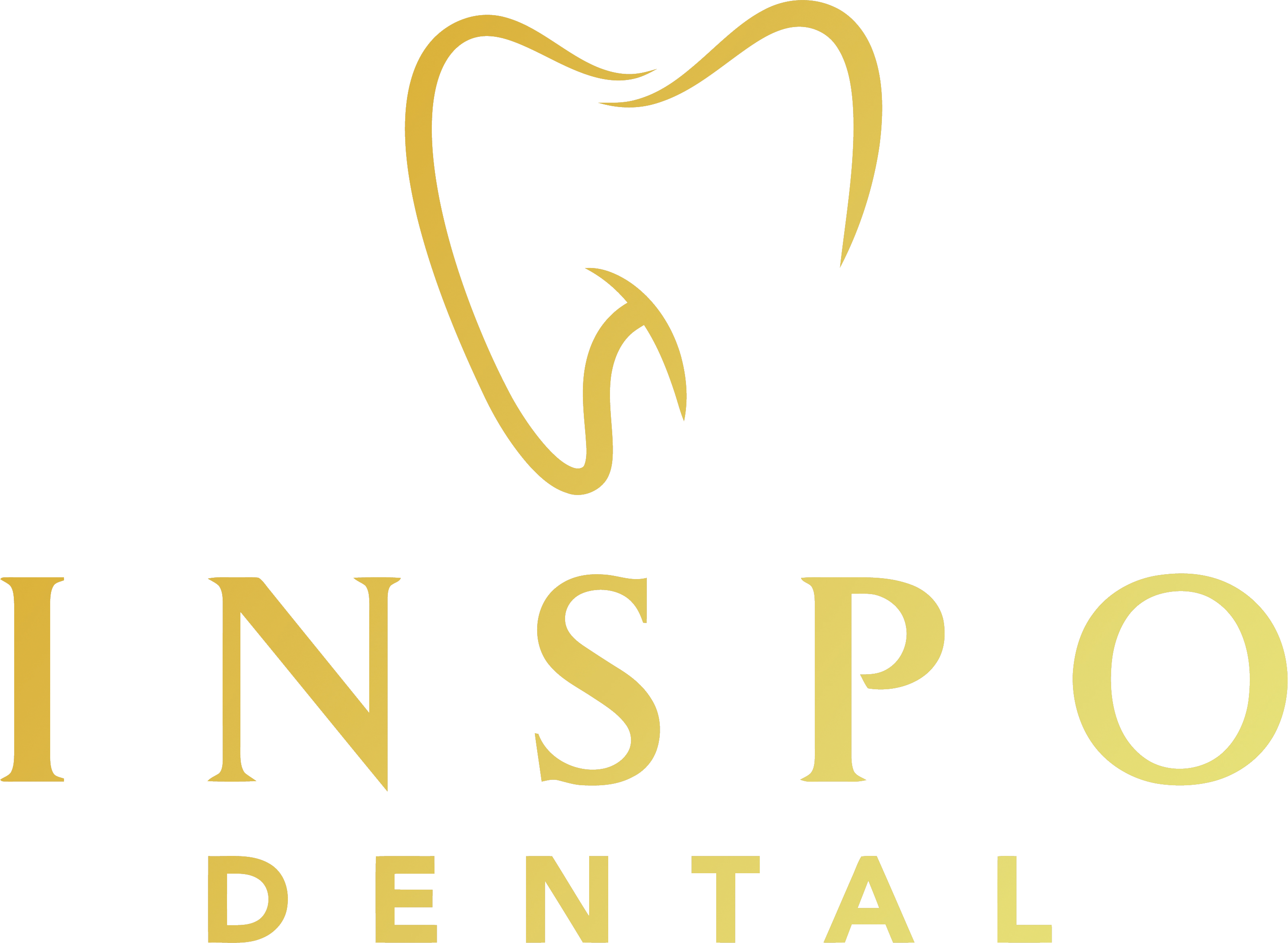Digital Xrays and 3D imaging
READY TO GET STARTED?
ABOUT Digital Xrays and 3D imaging
At Inspo Dental, we offer tooth-colored fillings as a modern and discreet solution for restoring the health and appearance of your smile. Unlike traditional metal fillings, which can be conspicuous and detract from the natural beauty of your teeth, tooth-colored fillings blend seamlessly with your enamel for a virtually invisible restoration. Made from composite resin materials that match the shade of your natural teeth, these fillings provide durable and long-lasting results while preserving the aesthetics of your smile. Whether you need to repair a cavity or replace old amalgam fillings, our experienced team is committed to delivering personalized care and exceptional outcomes. Experience the confidence of a flawless smile with tooth-colored fillings at Inspo Dental. Schedule your appointment today to discover the difference!
ABOUT DIGITAL X-RAYS AND 3D IMAGING
Digital X-rays and 3D imaging are advanced diagnostic tools that allow dentists to capture detailed images of your teeth, gums, and surrounding bone structure with remarkable accuracy and reduced radiation exposure. These state-of-the-art technologies enhance diagnostic precision, treatment planning, and patient comfort, providing a comprehensive view of your oral health.
Digital X-Rays use digital sensors instead of traditional film, producing high-resolution images instantly on a computer screen. With less radiation than conventional X-rays, digital X-rays are safer and more efficient, making them ideal for routine exams, monitoring dental conditions, and detecting issues like cavities, bone loss, and infections early on. They can also be enhanced, magnified, and shared with specialists for a more collaborative approach to your care.
3D Imaging (CBCT), or Cone Beam Computed Tomography, offers a three-dimensional view of your oral structures, providing an in-depth look at your teeth, jawbones, nerves, and sinuses. This level of detail is invaluable for complex procedures, such as dental implants, root canals, orthodontics, and assessing jaw alignment. 3D imaging allows for precise, customized treatment plans and helps reduce the risk of complications by providing a full, realistic view of the treatment area.
Together, digital X-rays and 3D imaging enable dentists to make accurate diagnoses, provide targeted treatments, and offer a higher level of care by using the latest in dental imaging technology. These tools empower patients to understand their treatment needs better and ensure that care is both efficient and effective.
Digital X-rays and Advanced 3D Imaging Services
At Inspo Dental, we pride ourselves on offering state-of-the-art digital X-ray and 3D imaging services to enhance the precision and accuracy of our diagnoses and treatments. Our digital X-ray technology allows us to capture high-resolution images of your teeth, gums, and jawbones with minimal radiation exposure, ensuring your safety and comfort. These digital images provide instant results, enabling our experienced team to quickly assess your dental health and develop tailored treatment plans to address your specific needs. Additionally, our advanced 3D imaging technology provides comprehensive views of your dental anatomy, facilitating the detection of issues such as impacted teeth, bone density, and root canal complexities with unparalleled clarity. With our commitment to utilizing cutting-edge technology, you can trust Inspo Dental to deliver exceptional care and optimal results for your oral health needs. Schedule your appointment today to experience the benefits of our precision imaging services.

What Are The Benefits Of Digital Xrays and 3D imaging ?
Digital X-rays and 3D imaging offer numerous benefits for our patients at Inspo Dental:
- Enhanced Precision: Our advanced imaging technology provides highly detailed images, allowing for more accurate diagnoses and treatment planning.
- Reduced Radiation Exposure: Digital X-rays use significantly less radiation compared to traditional film X-rays, ensuring patient safety without compromising image quality.
- Immediate Results: Digital X-rays and 3D imaging offer instant results, enabling our team to promptly assess your dental health and discuss treatment options with you.
- Comprehensive Views: 3D imaging provides comprehensive views of your dental structures, facilitating the detection of issues such as impacted teeth, bone abnormalities, and complex dental conditions.
WHAT TO EXPECT DURING DIGITAL X-RAYS AND 3D IMAGING?
01
Digital X-Rays
- Preparation: You’ll be seated comfortably, and a protective lead apron may be placed over your chest and abdomen to minimize any radiation exposure.
- Sensor Placement: The dental assistant will position a small digital sensor in your mouth, which captures the X-ray images. This sensor is connected to a computer and is smaller and more comfortable than traditional film.
- Taking the X-Rays: You’ll be asked to bite down on the sensor holder and stay still for a few seconds while the X-ray is taken. The sensor captures high-quality images instantly, which appear on the computer screen for immediate review.
- Viewing the Images: The dentist will examine the X-ray images and may enlarge, adjust, or enhance them to identify cavities, bone loss, infections, or other dental issues with precision.
- Minimal Radiation Exposure: Digital X-rays use a significantly lower level of radiation than traditional X-rays, making the process safe, even for routine check-ups.
02
3D Imaging (CBCT - Cone Beam Computed Tomography)
- Positioning: You’ll be asked to sit or stand, depending on the equipment, while your head is positioned in the imaging machine. A headband or chin rest may be used to keep your head stable and in the correct alignment.
- Scanning Process: The CBCT machine will rotate around your head in a full 360-degree arc, capturing a series of images from different angles. This scan typically takes about 10–20 seconds.
- Staying Still: For optimal image clarity, you’ll need to remain still during the scan. Since the process is fast, it’s easy and comfortable to keep your position.
- Reviewing 3D Images: The resulting images provide a three-dimensional view of your teeth, jawbones, sinuses, and nerve pathways. The dentist will review these images to assess areas requiring detailed diagnosis or planning for treatments like implants, root canals, or orthodontics.
- Safe and Painless Process: 3D imaging delivers precise images with low radiation and is non-invasive, making it a painless and efficient way to capture the complete view of your dental and jaw structures.
WHAT ARE THE BENEFITS OF DIGITAL X-RAYS AND 3D IMAGING?
Enhanced Diagnostic Accuracy
Reduced Radiation Exposure
Immediate Image Availability
Comfortable and Non-Invasive Procedure
Detailed 3D Visualization
Improved Patient Understanding and Communication
Environmentally Friendly
Enhanced Monitoring and Documentation
Reduced Risk of Complications in Complex Procedures
Customized Treatment Planning
Early Detection of Non-Dental Issues
Efficient Referrals and Collaboration with Specialists
Better Fit for Modern Dental Practices
Improved Visibility for Restorative and Cosmetic Dentistry
Time-Efficient for Both Patients and Dentists
Highly Accurate Pre-Surgical Planning
Early Detection of Bone Loss and Periodontal Disease
Customized Orthodontic Treatment Planning
Aids in Detecting Imp acted Teeth and Cysts
Ideal for Patients with Dental Anxiety
Improves Outcomes for Dental Restoration and Prosthetics
Invaluable for Assessing TMJ Disorders
Enhanced Visualization for Root Canal Therapy
Promotes a Proactive Approach to Dental Care
Helps Identify Sinus Issues Related to Dental Health
Reduced Need for Physical Impressions
Boosts Patient-Provider Communication and Trust
Assists in Managing Dental Emergencies
Optimizes Pediatric Dental Care
Reliable and Consistent Imaging Quality
HOW OFTEN SHOULD YOU GET DIGITAL X-RAYS AND 3D IMAGING?
01
Routine Digital X-Rays
- Every 6–12 Months for Routine Check-Ups: For most people with good oral health, digital X-rays are recommended once a year, typically during an annual or bi-annual check-up. This helps monitor changes, detect early signs of decay, and assess bone health.
- Every 1–3 Years for Low-Risk Patients: Patients with a low risk of cavities, healthy gums, and minimal dental issues may only need X-rays every 1–3 years. Dentists often extend the interval for individuals with excellent oral hygiene and stable dental history.
02
Digital X-Rays for High-Risk Patients
- Every 6 Months: High-risk patients, including those with a history of frequent cavities, gum disease, or ongoing dental issues, may need digital X-rays every six months. This frequent imaging helps detect issues early, preventing more complex or costly treatments later on.
03
3D Imaging (CBCT)
- As Needed for Treatment Planning: 3D imaging is typically not a routine procedure and is often recommended only as needed for specific treatments, such as dental implants, orthodontic planning, root canal assessments, and TMJ evaluation. Most patients only need 3D imaging once or twice for these treatments, as it provides detailed data that can be used throughout the treatment course.
- For Complex Cases: Patients with unique conditions, such as impacted teeth, jaw irregularities, or sinus-related dental issues, may require 3D imaging more frequently to monitor progress or plan additional treatments accurately.
04
Additional Considerations
- Pediatric Patients: Children may need X-rays more frequently (every 6–12 months) to monitor the development of their teeth and jaw, particularly as permanent teeth erupt.
- After Trauma or Injury: Patients who experience dental trauma or injury may need immediate digital X-rays or 3D imaging to assess damage and plan any necessary treatment.
- Special Circumstances: For patients with medical conditions that affect dental health, such as diabetes or dry mouth, the dentist may recommend more frequent X-rays.
Featured
REVIEWS
Inspo Dental exceeded my expectations! The team's professionalism and attention to detail made my teeth-whitening experience truly exceptional. I now smile with newfound confidence. Thank you, Inspo Dental!
As a healthcare professional, I value expertise and personalized care. Inspo Dental provided both seamlessly. From my comprehensive check-up to restorative work, their commitment to excellence is unmatched.
Inspo Dental is my go-to for family dental care. The team's friendly approach and commitment to creating a positive environment make dental visits stress-free. My kids actually look forward to their check-ups!
The precision in orthodontic care at Inspo Dental is remarkable. I opted for clear aligners, and the results speak for themselves. The team's expertise and dedication to my smile transformation were truly inspiring.
Contact
Inspo Dental
146 Maple Avenue
Red
Bank, NJ 07701
Hours Of Operation:
Monday 9:00am – 7:00pm
Tuesday 9:00am – 6:00pm
Wednesday Closed
Thursday 9:00am – 6:00pm
Friday 9:00am – 5:00pm
Saturday Closed
Sunday Closed


